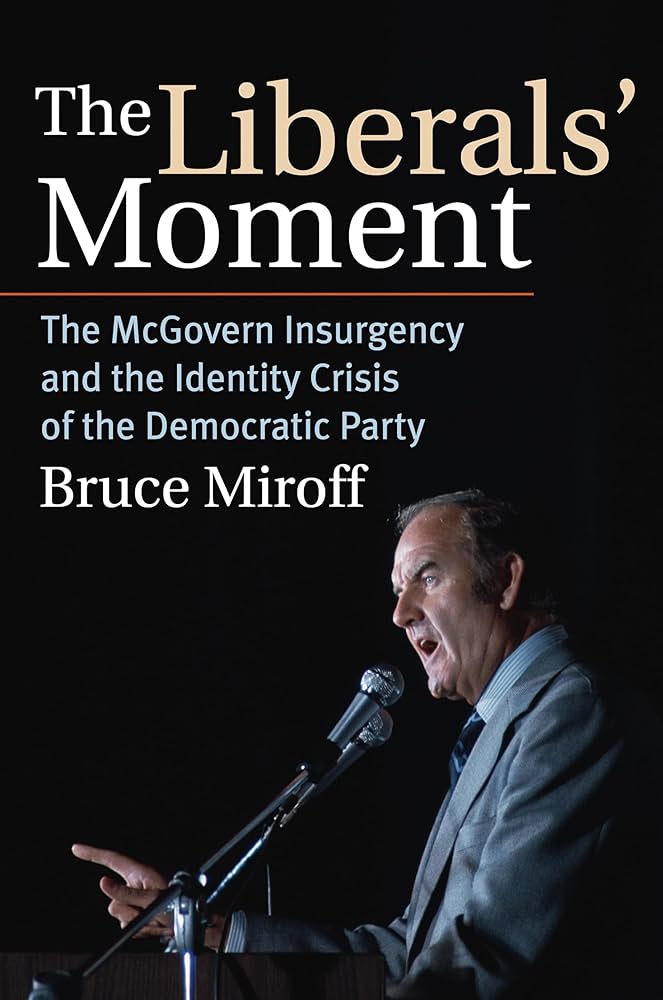The Democratic Party continues to be plagued by division and self-criticisms more than half a year beyond the surprising triumph of Donald Trump over Kamala Harris in the previous presidential race. Their crisis of identity was further complicated when an unexpected candidate, a 33-year-old state legislator, emerged victorious in New York City’s mayoral primary, disrupting the party’s already chaotic landscape.
Prominent figures within the party have been forced to reconsider the image presented to their voting base after Trump’s victory. The conclusion, it appears, is a disconnection between the party’s agenda dominated by highly-educated coastal elites and the practical concerns of the hardworking blue-collar families – issues such as inflation, growing rates of crime, and complexities of immigration.
The proposed solution amongst many seems to be to move slightly towards the right: to give less attention to debatable matters like climate change, and shift their focus onto more tangible, daily concerns. Despite this prescription, the victory of the self-declared ‘democratic socialist’ Zohran Mamdani in the New York primary creates a fresh complication in the Democrats’ post-electoral puzzle.
Mamdani, pushing a distinct left-leaning agenda, focused on the cost of living and other issues that directly impact the working class. His promises of making life easier for New Yorkers through rent freezes, hikes in minimum wages and proposing city-run grocery stores to lower the costs of food have resonated with constituents. This approach puts a further strain on the party’s ongoing ideological debate.
This rise of a new left-leaning party leader like Mamdani has implications beyond New York. His success echoes across to California, a single-party state where Democrats are frequently divided between the progressive thinking representatives like Mamdani and the more pragmatic, business-focused moderates.
Unfortunately for the progressives, their influence seems to be waning, even in areas that are traditionally very progressive, like the San Francisco Bay Area. The region has witnessed a shift towards centrism, as illustrated by the recent election of Daniel Lurie as mayor of San Francisco. His commitment to balancing the city’s deficit-ridden budget and addressing street crime represented a break from the rhetoric of progressive leaders.
Support for progressive candidates and ideas in the Bay Area has diminished, as showcased by the recent rejection or recall of Bay Area progressive officeholders. As Politico reported, ‘Zohran Mamdani’s ascent in New York captivated progressives around the country. But in San Francisco, it served as a harsh reminder of how much ground they’ve lost in a place once known as the beacon of progressivism.’
The tension between progressive and moderate Democrats is equally visible in state politics; the gradual political shift of Governor Gavin Newsom serves as a clear instance. Despite campaigning as a progressive in 2018, Newsom has gradually adopted more moderate policy views. He has proposed a firmer approach towards homeless encampments, sought the support of Highway Patrol officers to tackle street crime, and shifted away from promoting single-payer healthcare.
Newsom’s lessened interest in the progressive agenda correlates with a cooler reception in the Legislature. Bills reflecting progressive values often pass one legislative house only to perish without formal votes in the other, illustrating the struggle of the progressive movement.
The 2020 election clarified California’s political leanings. Although a blue state, residents are far from embracing the democratic socialist agenda. Trump’s unexpected good performance against Kamala Harris and the citizen’s approval of Proposition 36, an anti-crime measure, are strong indicators of this trend.
Moreover, the recent passage of two Newsom-endorsed bills aimed at reforming the California Environmental Quality Act, despite opposition from prominent environmental groups, suggests a rightward tendency, further showing that if California is changing politically, it is definitely not in favor of the radical left.
The Democrats’ analysis of their standing after the Trump-Harris duel indicates a desperate need to realign with the daily concerns of the common man, instead of promoting an agenda influenced by coastal elites. However, the emergence of a notable ‘democratic socialist’, who focuses on cost-of-living and minimum wage issues, has muddled their post-election debate and decision-making
Overall, the Democratic Party’s ideological divisions remain starkly visible. In order to be viable and effective going forward, it must come to terms with its fragmentation—whether it continues to drift rightward to cater to blue-collar concerns or cedes influences to left-leaning leaders which might jeopardize their support base further.
The party’s drift towards the right, including the marginalization of heavy leftist stances such as that of Kamala Harris and others, will no doubt play a significant role in the Democrats’ future. As the election results and Newsom’s popular policy shifts prove, the Democratic Party’s identity crisis may well be its downfall if it continues to lean towards the unrealistic ideals of the progressive left.

